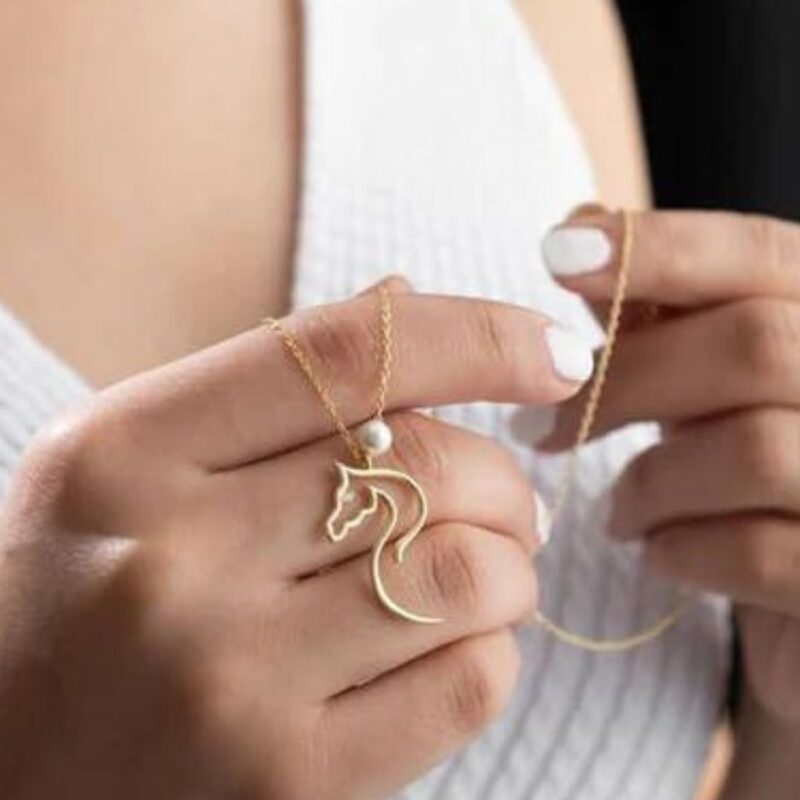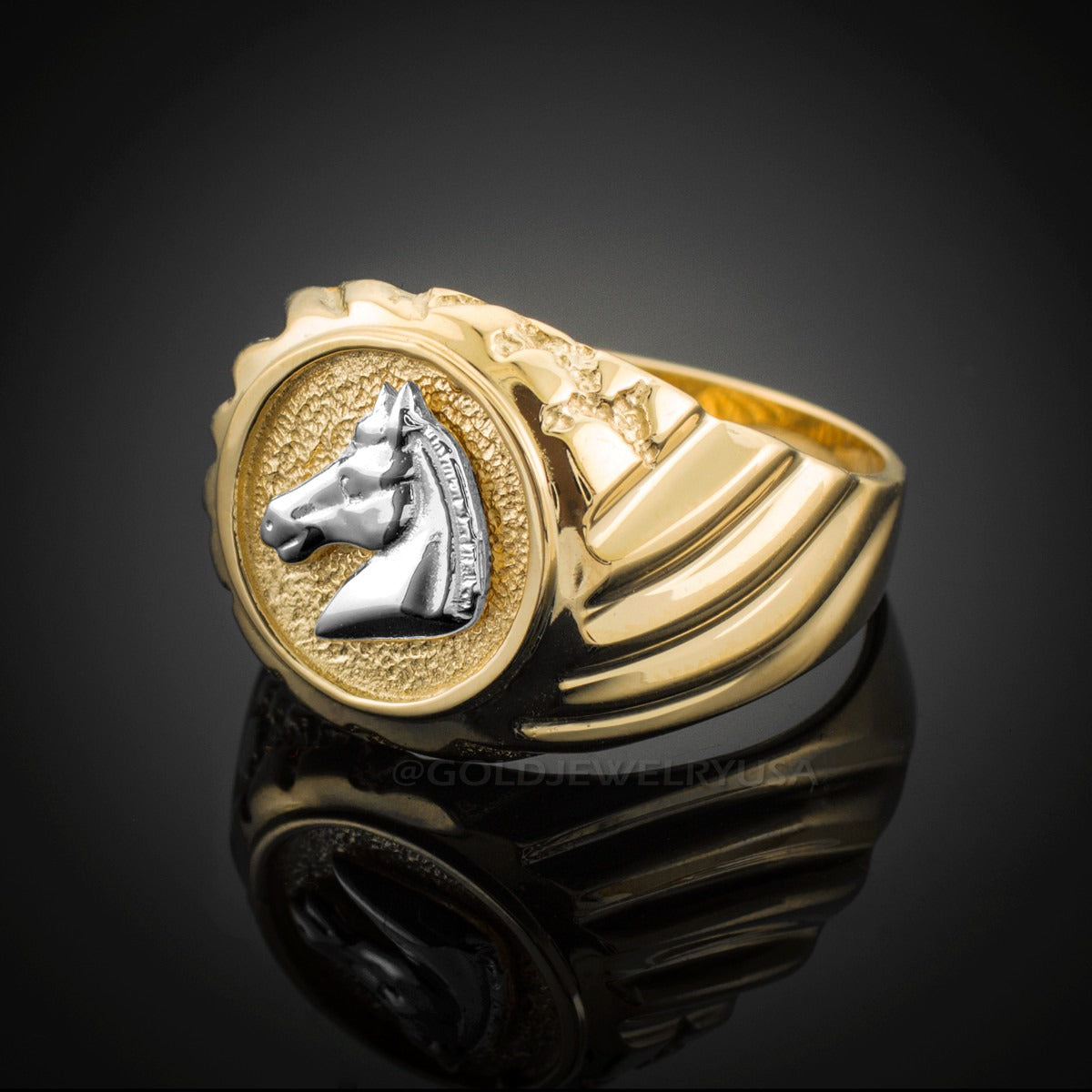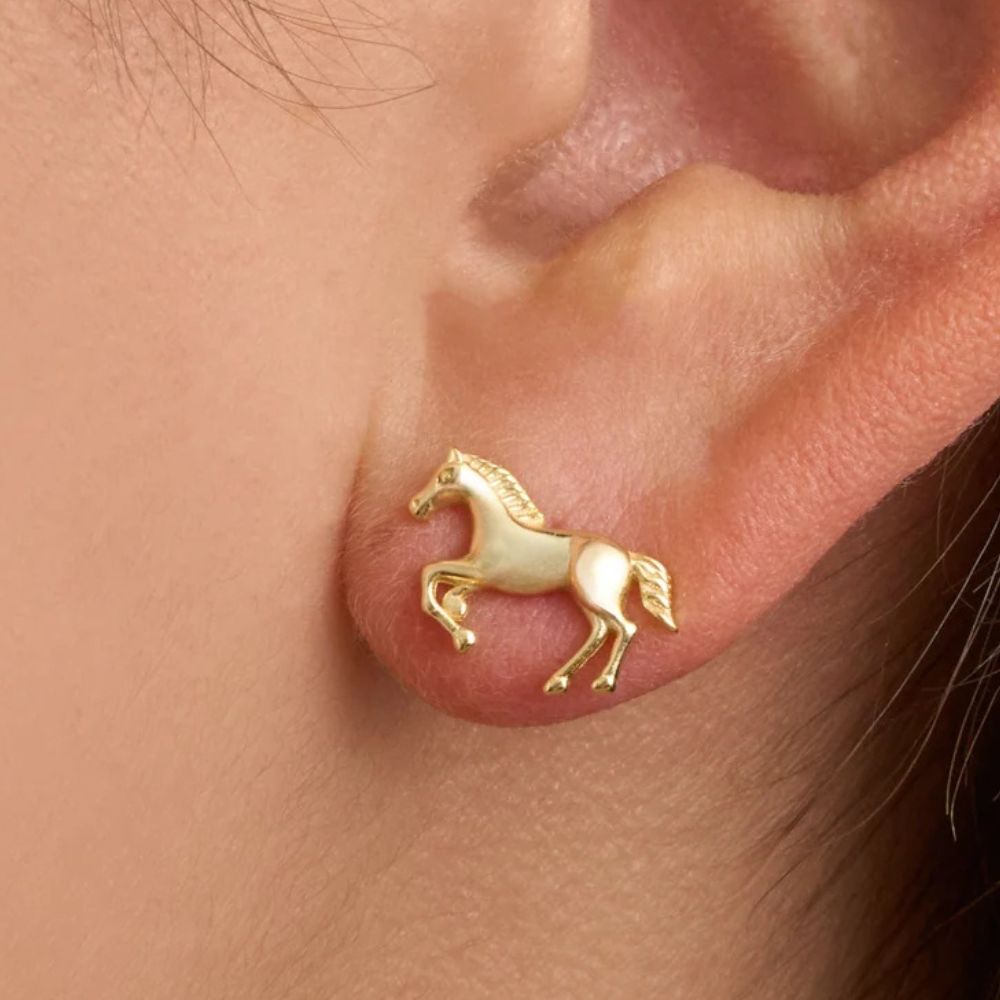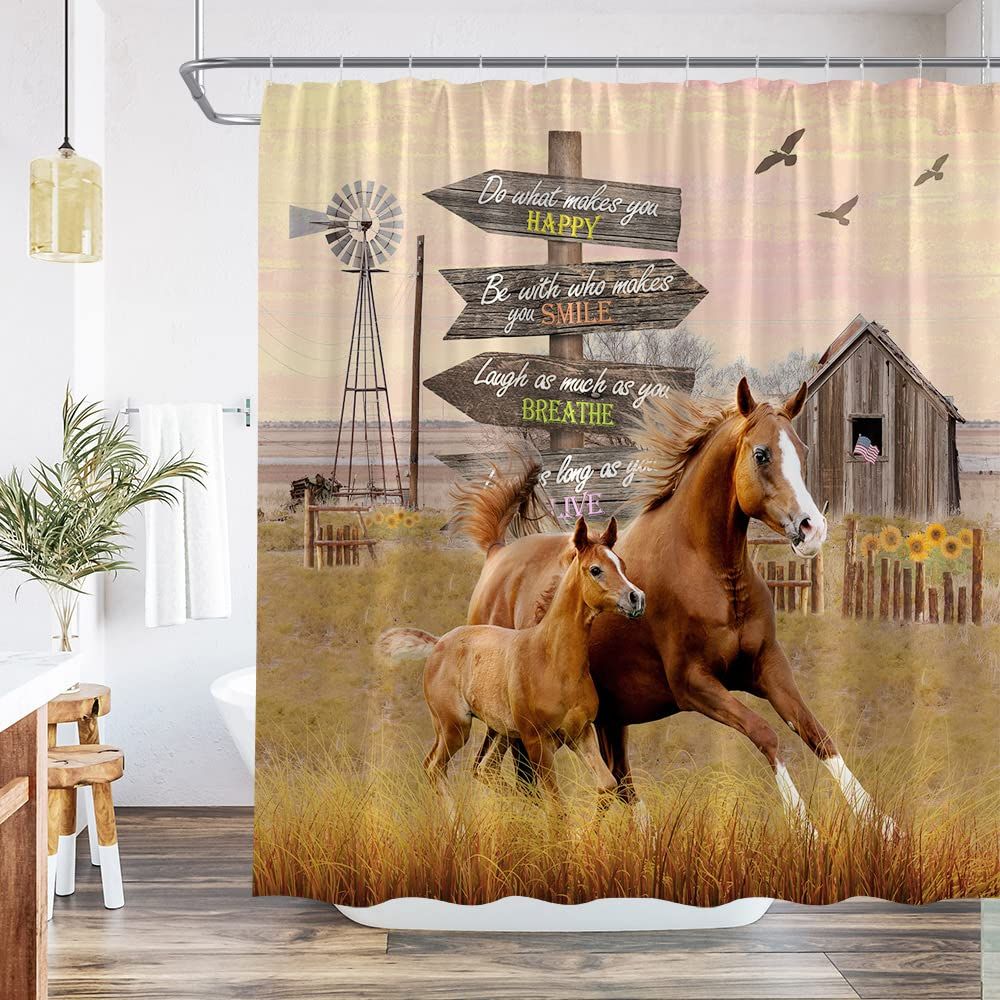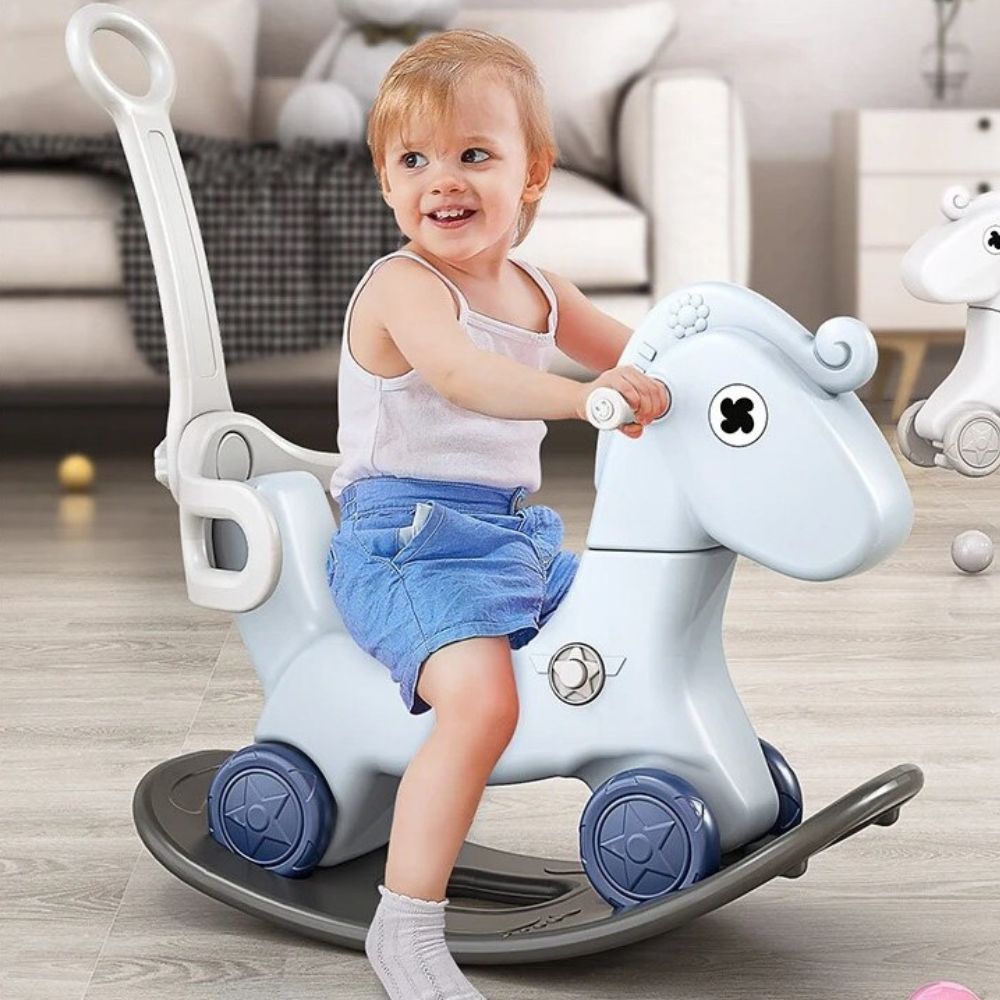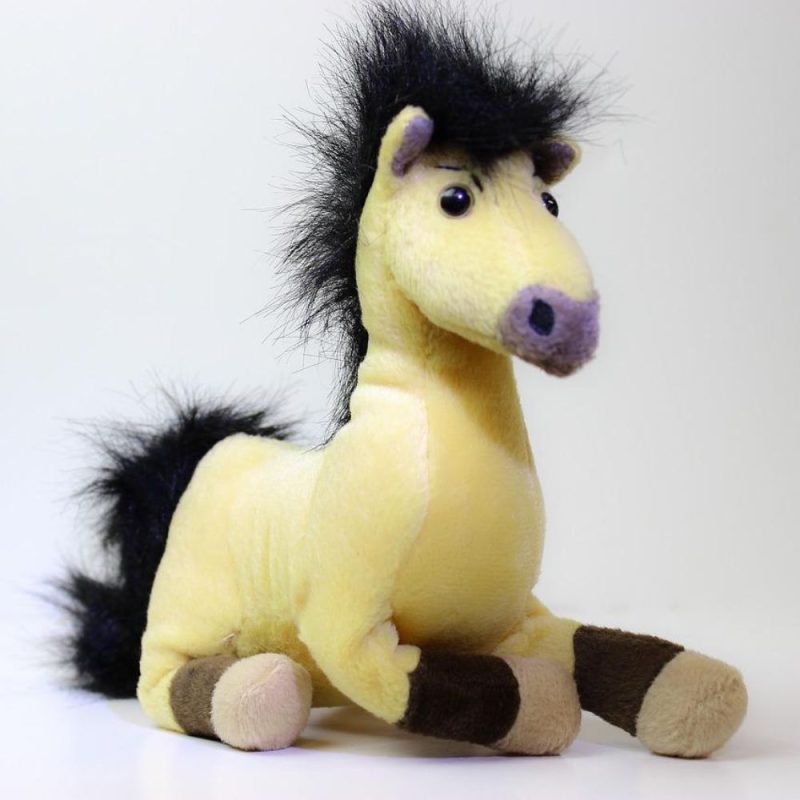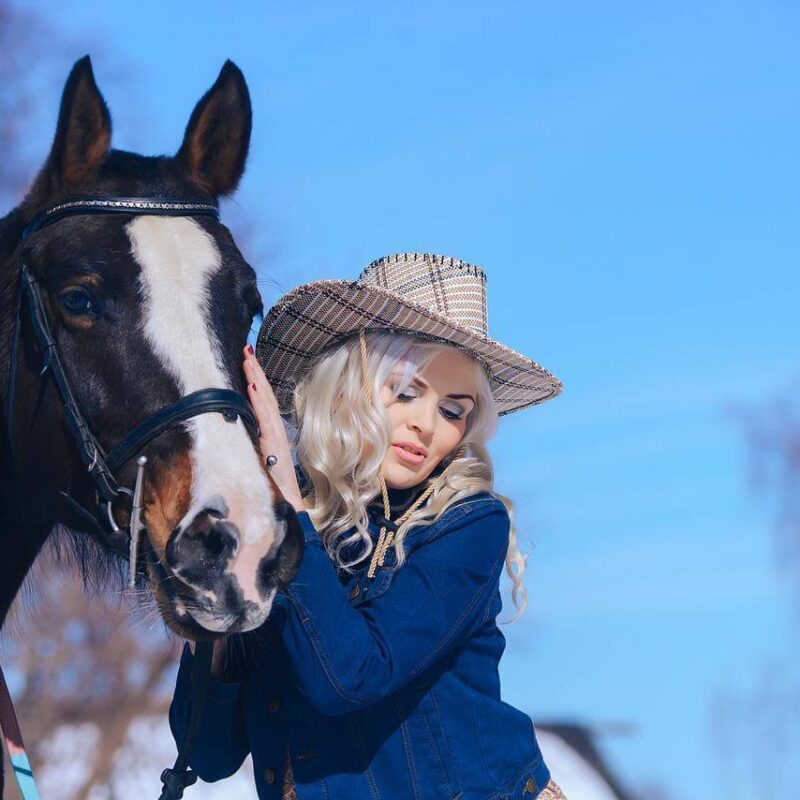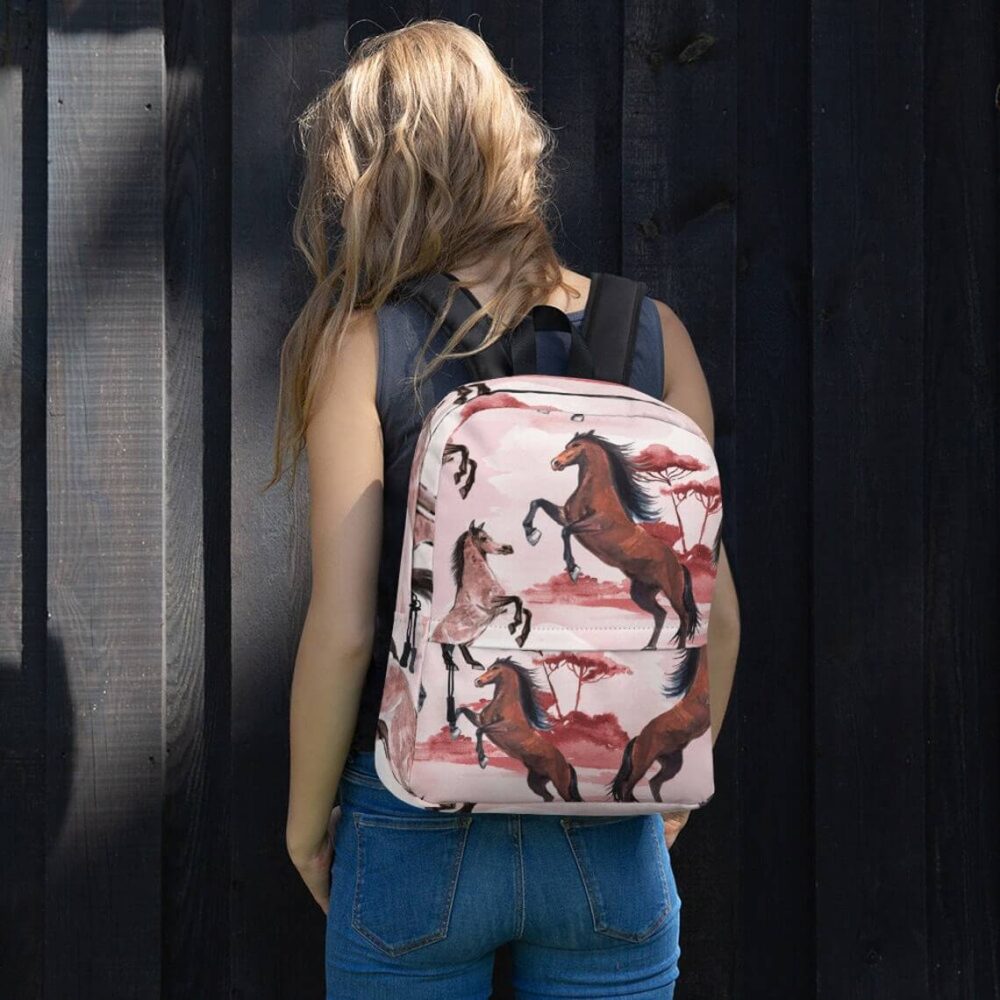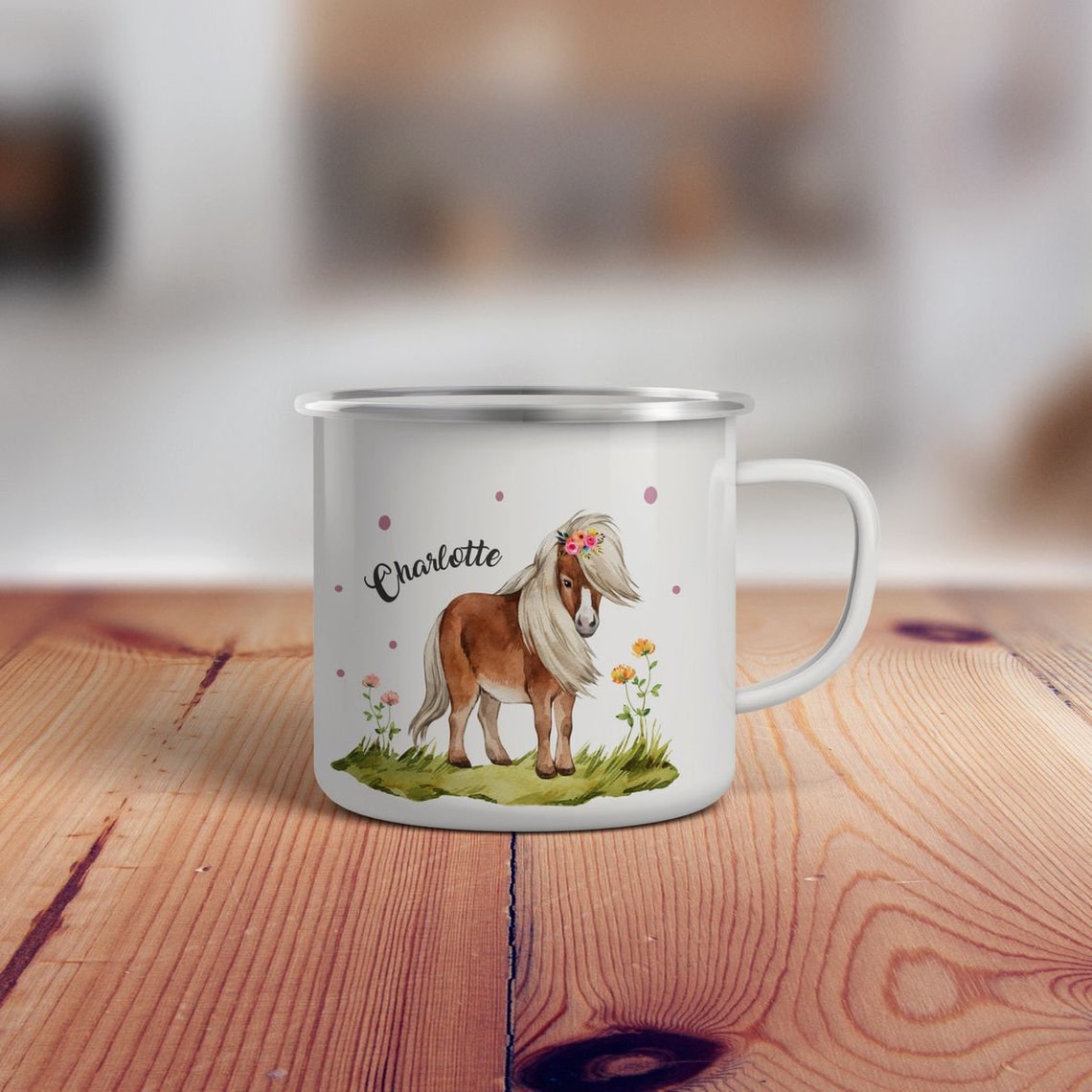
How Long Can a Horse Go Without Food? Survival Facts Revealed
ture this: a horse gazing at you with those deep, expressive eyes as you approach with a bucket of grain. The anticipation in the air is almost palpable—ears forward, nostrils flaring at the scent of fresh hay. But what if that bucket never came? How long could your equine companion truly survive without food? The answer isn’t as simple as you might think.
The Short Answer
A horse can typically survive without food for about three days—but this is a brutal estimate under extreme conditions. Unlike camels, which store fat in their humps, or bears that hibernate, horses are hindgut fermenters with a digestive system designed for near-constant grazing. Their stomachs are relatively small, processing food in just a few hours, which means they rely on frequent meals to maintain energy and avoid serious health risks.
Deprived of food, a horse’s body will start breaking down fat reserves within 24–48 hours, leading to a dangerous condition called hyperlipemia, where fat floods the bloodstream and overwhelms the liver. Dehydration, colic, and intestinal shutdowns follow swiftly. Yet, let’s be honest: no responsible owner would ever let it get that far. The real question isn’t just about survival—it’s about understanding their needs to keep them thriving.
Why Horses Need Frequent Meals
For horses, food isn’t just fuel—it’s a biological necessity. Their digestive systems evolved to process small, fibrous meals throughout the day. Unlike humans, they produce stomach acid continuously, even when empty, which can lead to ulcers if not buffered by forage.
A horse’s gut is a finely tuned ecosystem. The cecum and colon rely on a steady flow of fiber to maintain healthy bacteria and prevent deadly impactions. When food stops, so does gut motility, risking colic—a leading cause of death in domesticated horses.
What Happens During Starvation?
Within the first 24 hours, a horse’s blood sugar drops, triggering fat breakdown. By 48 hours, ketones flood the system, and muscle wasting begins. After 72 hours, organ failure becomes a real threat. The heart, kidneys, and liver strain to function without nutrients, and the immune system weakens, leaving the horse vulnerable to infections.
Wild horses might fare slightly better due to fat reserves built in greener seasons—but domesticated breeds, especially insulin-resistant ones like ponies, face higher risks of metabolic collapse.
Signs Your Horse Isn’t Eating Enough
Watch for these red flags:
- Weight loss (ribs or spine becoming visible).
- Lethargy or reluctance to move.
- Dry, sunken eyes or dull coat.
- Reduced manure output (a sign of gut slowdown).
If your horse refuses food for more than 12 hours, call a vet immediately.
Practical Tips to Keep Your Horse Fed (and Happy)
- Free-Choice Forage: Provide 24/7 access to hay or pasture—horses graze for 16–18 hours daily.
- Slow Feeders: Use nets to mimic natural grazing and prevent boredom.
- Hydration: Always offer clean water—dehydration accelerates starvation risks.
- Emergency Prep: Keep a stockpile of hay and soaked beet pulp for shortages.
A Final Thought
Horses aren’t just animals; they’re our partners, our therapists, and sometimes our greatest teachers. Their resilience is awe-inspiring, but their dependence on us is humbling. As caretakers, we hold the reins to their well-being—not just in the lush days of summer, but through every frostbitten winter morning and every unexpected storm. So let’s honor that trust. Keep the hay racks full, the water buckets clean, and those gentle eyes always bright with the promise of another day. After all, a horse’s heart beats strongest when it knows it’s cherished.








